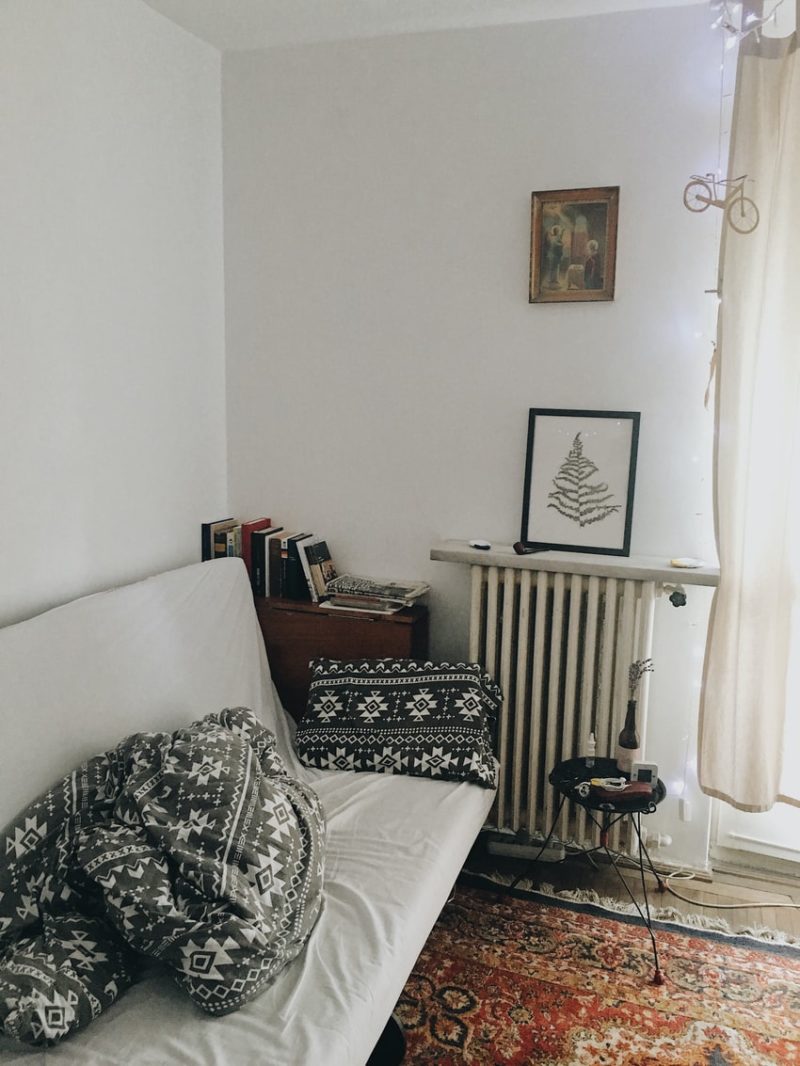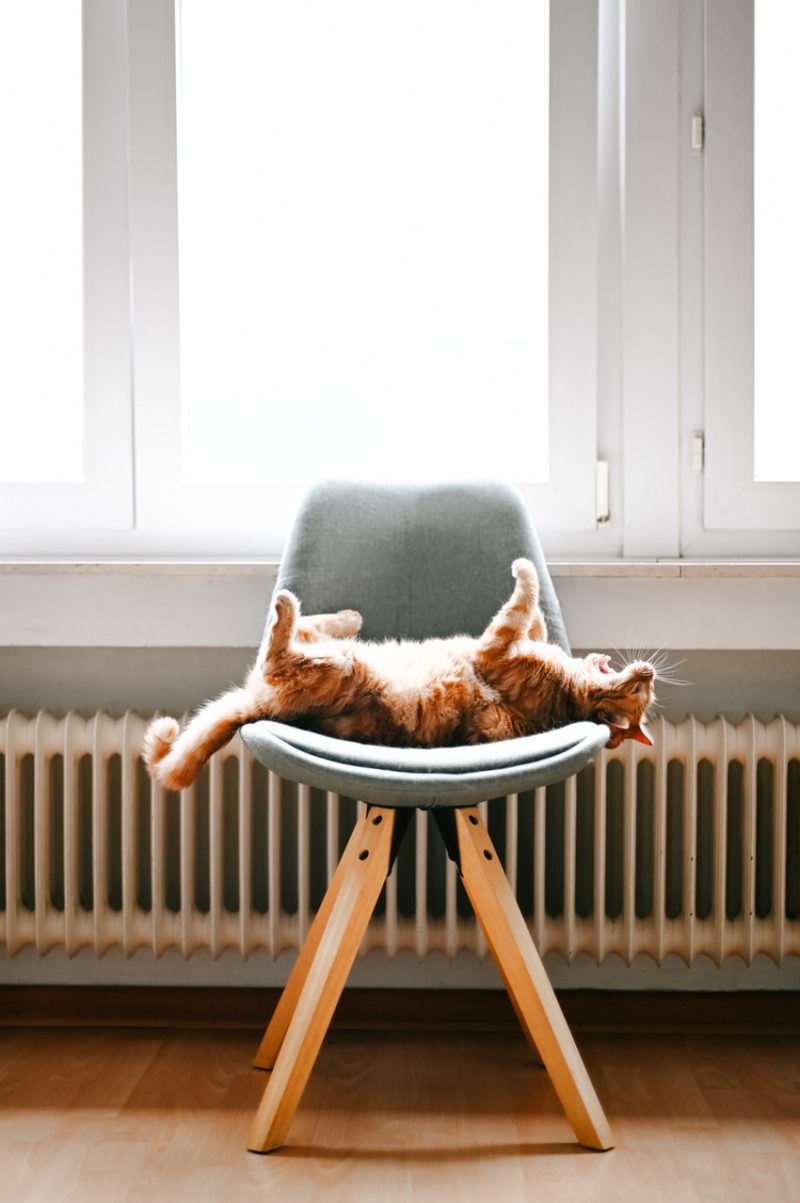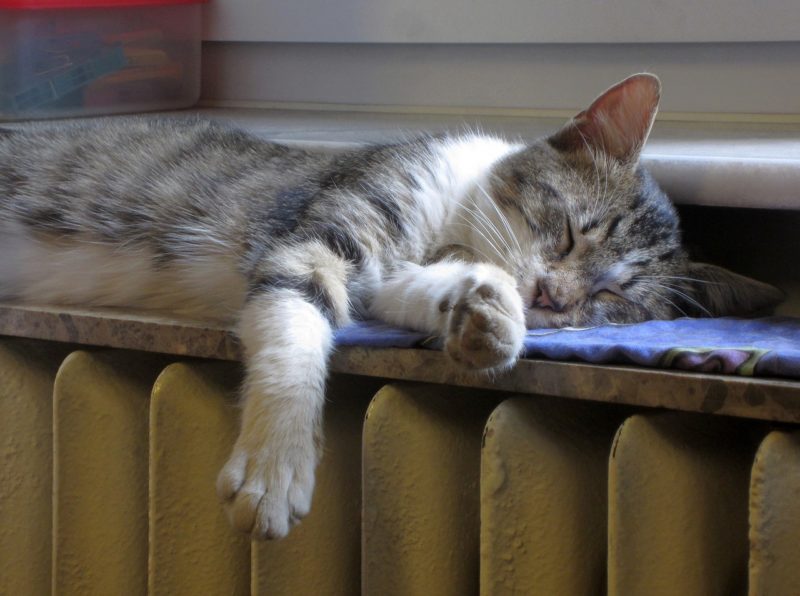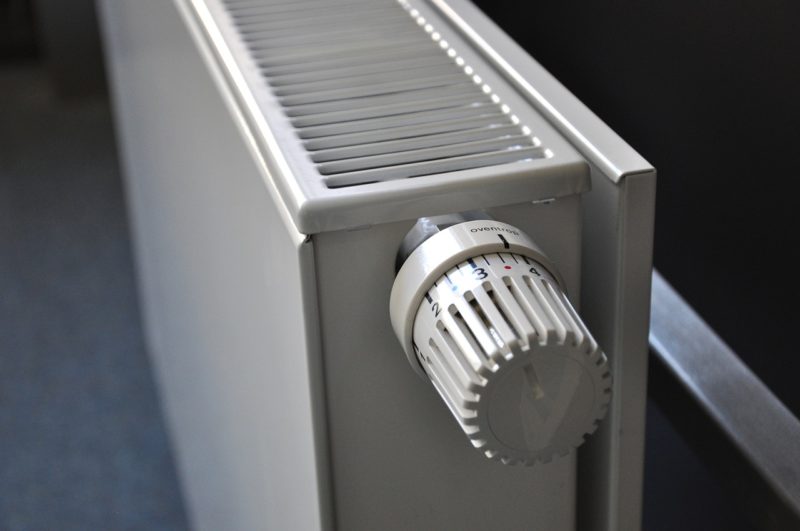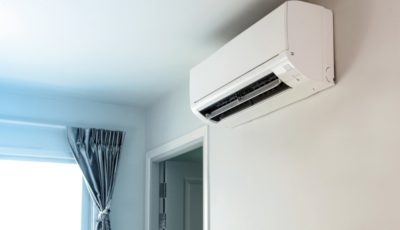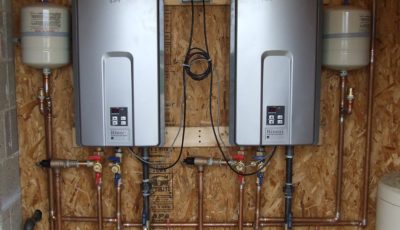Keeping a Radiator in Top Condition All Year Round
You tend to only read up on articles providing advice on looking after radiators in the colder months when everyone seems to think that as soon as Autumn hits and that first leaf falls off a tree, home heating needs to be cranked to the max.
While it is important to get radiators serviced every once in a while and checked out to ensure nothing is going wrong, you don’t need to wait until it’s the deep of winter and a radiator breaks before you start looking for help. Prevention is key in the world of radiators, and in this article, I want to highlight some simple ways you can keep your radiators in working order all year round, even when they aren’t in frequent use.
*Alexa, Play September by Earth,Wind & Fire*
Do you remember the first cold evening in September? Quite unsurprisingly, September is the month where plumbers suddenly become the most popular workmen in town as most people will turn the heating on and realise everything isn’t working correctly. It could be one radiator is on the fritz, or there are cold spots around the house.
Be like the early worm and check your radiators at the end of August. Yes, it might be the dog days of summer in your neck of the woods, but even if you just do a test run one evening where all the radiators are turned up fully, you can give them a blast for an hour to check for problems. Better to do that than come across a dodgy radiator in the middle of autumn.
Doing this in August is also ideal as you’ll be able to get a plumber in quickly and they may charge less.
Top up your radiators
The warmer months are also the ideal time to get some inhibitor added to your radiators. You have to remember that any time heating is on, and warm water is being pumped into the radiator, you’re enabling a chemical reaction where hot water is hitting metal and creating heat. Over time, this reaction can cause some rusting inside your radiator, which then leads to corrosion and sludge building up.
It’s a slippery slope, but one which can be easily avoided when you add some inhibitor in your radiator. Inhibitor fluid creates a coating that sticks to the metal on the inside, so when water hits, it lessens the chances of corrosion. With it being a cheap product too, it’s another preventive measure that is pennies in comparison to getting an entire system power flushed when corrosion builds up.
Get your boiler checked too
When turning heating on at home, it is usually one with a simple press of a button on the thermostat. We often forget that one simple press of a button causes the boiler to get working and pump hot water through the home. All too often, heating problems can occur from the boiler, and that is why you should get yours checked annually.
Again, doing so in the summer is a better option as it will be easier to get a plumber to come as they won’t be as busy. Even if you can’t afford one, do some checks on boiler pressure when heating is on, and see if the pressure needs balanced.
Do the age check
Sometimes a problematic radiator can simply be down to the age of the radiator. We tend to think of radiators of something that will sit on the wall and work effortlessly for years to come. You may be surprised to learn that radiators commonly only have a lifespan/guarantee of ten years on the product. If you’ve purchased budget options, it could be as low as five.
If you think your radiators have seen better days, don’t wait until winter to get new ones. It is evident that in the summer, radiators will be at their cheapest. Sites like Trade Radiators know this and have their biggest sales at this time of year, so if you think some of your radiators are past their prime, see if you can snag a deal.
Can’t I just wait until winter?
No matter where the seasons change where you are, keeping your radiators in working order is always going to help avoid some headaches. If you are reading this and there’s a chill in the air, please take a look at this article on the Top Tips for Preparing your Radiators for Winter.
And remember you can check out all the latest home décor articles on the site by clicking here.

